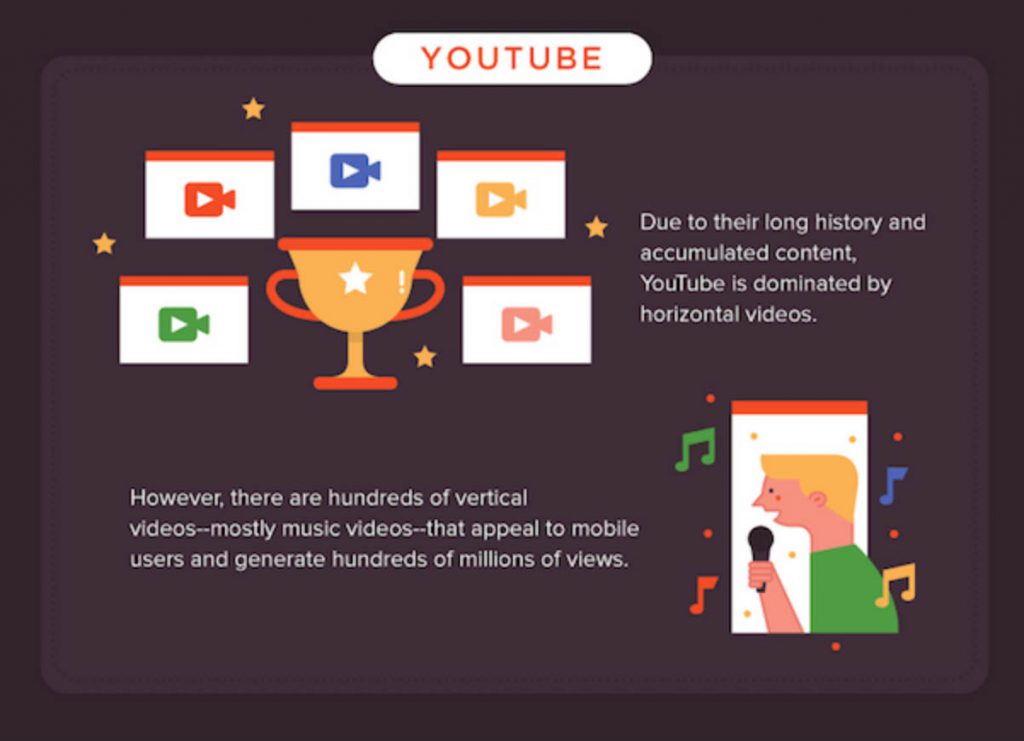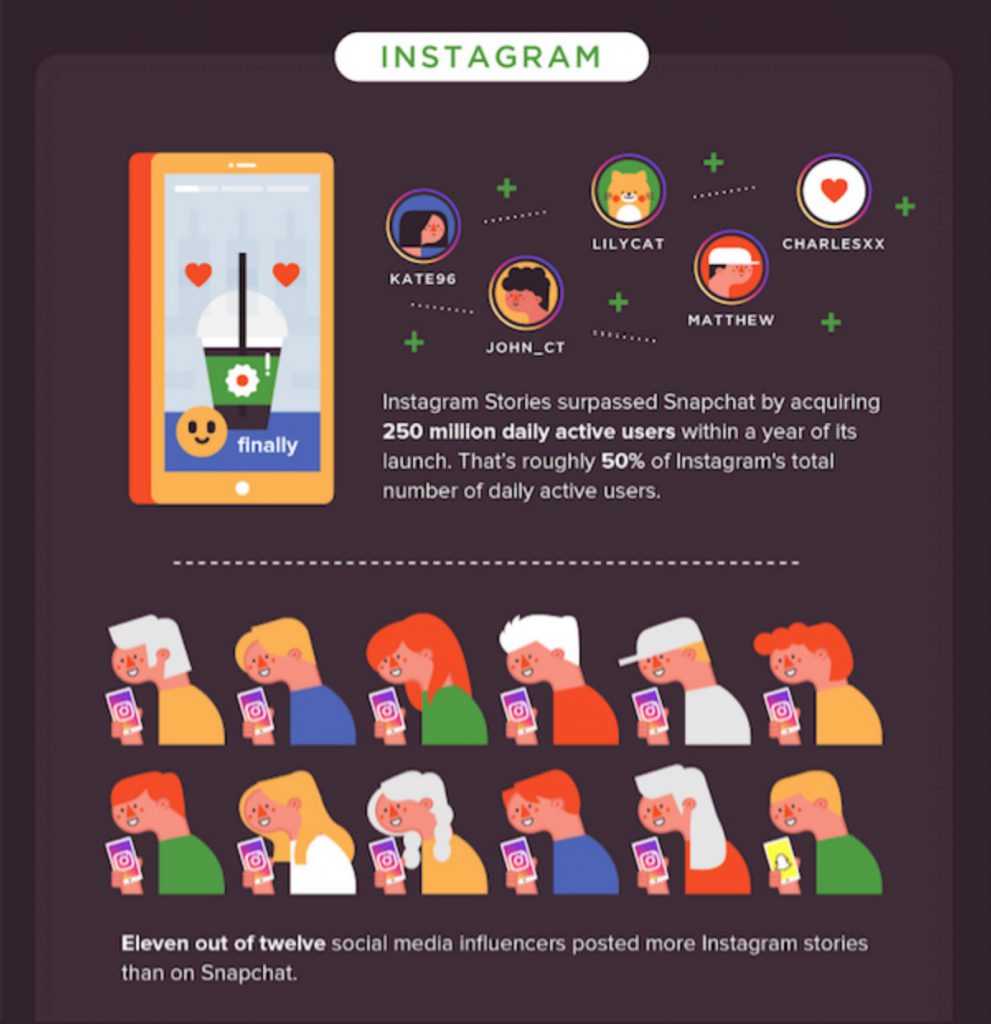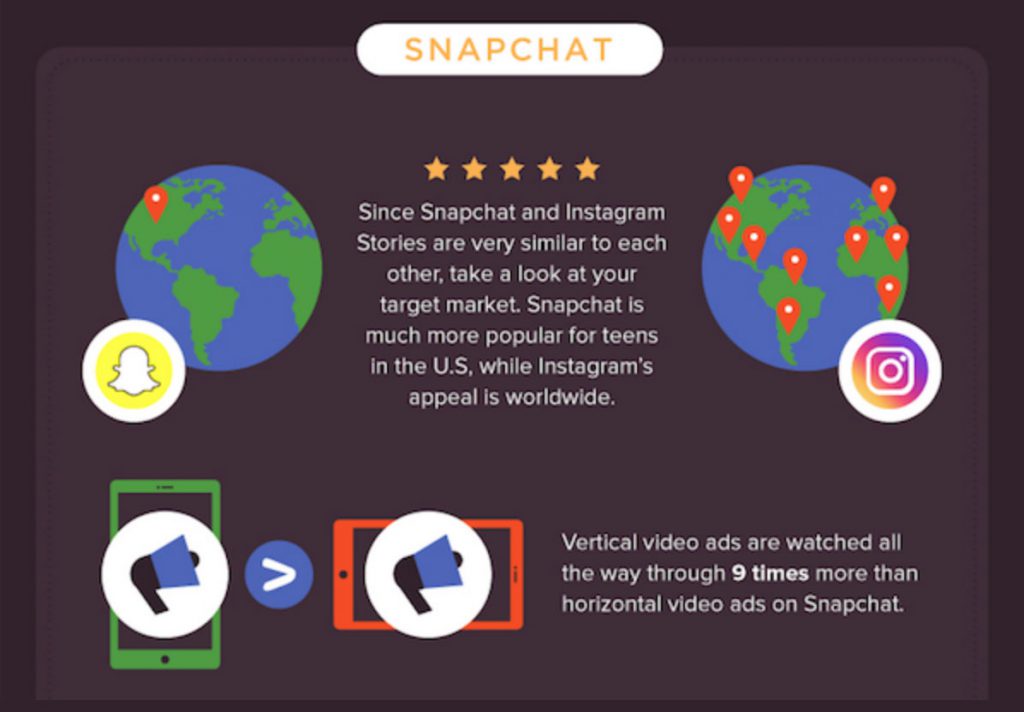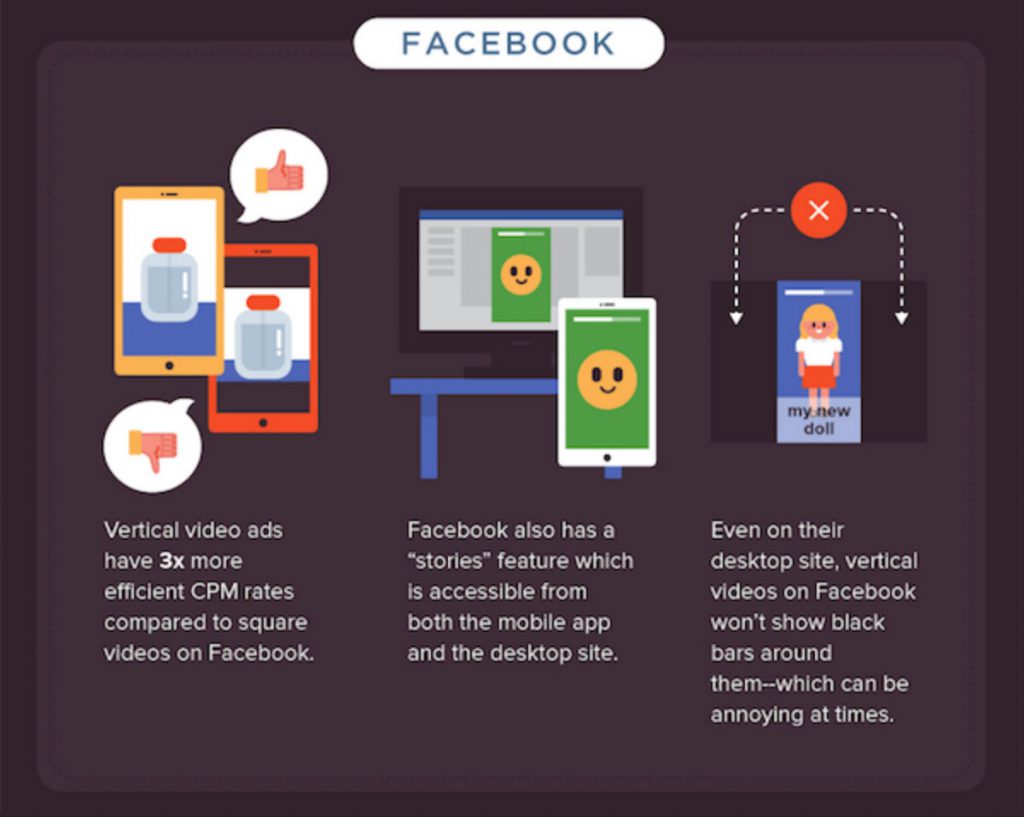The use of smartphones has evolved from simply making or answering phone calls to something more. Nowadays, we turn to our smartphones whenever we want to find information, take pictures, check our social media and watch videos.
Displays on our phones are constantly growing in size and specifications, making them perfect gadgets to watch your favorite clips on. Looking at your phone is no longer an issue thanks to larger displays and higher quality screens.
As the trend of watching videos on your mobile phones continue to grow, we’re pretty sure you’ve seen at least one vertical video on your Youtube feed.
Vertical videos are nothing new but they’ve grown in number since the debut of Snapchat, IGTV, and Facebook stories. However, this recent format has gained a lot of backlashes, even earning its own Reddit thread.
Although vertical videos have its fair share of haters, they’ve also gained some fans as well. Creating video on your smartphone has never been easier. Social media platforms such as Instagram, Facebook, and Snapchat encourage vertical content from its users with fun filters and VR features.
Other than that, going vertical is becoming popular because it’s immersive. Watching the latest episode of Game of Thrones while turning your phone sideways is understandable. However, imagine binging on cute 1-minute animal videos— turning your phone sideways a few times would be pretty annoying.
Go Vertical or Go Home
Smartphones are taking over the world. People are no longer just using their phones to make calls and texts. They’ve resorted to using their phones as a video player. In fact, a surprisingly high 57% of global video plays came from mobile devices such as smartphones and tablets.
We previously mentioned that vertical videos are becoming popular because they’re immersive but there’s a lot more to why going vertical might be a good thing.
The truth is, people are lazy. About 94% of smartphone users hold their phones just how they use it, which is in a vertical manner. They don’t like having to turn their phone sideways over and over again.
Now, this doesn’t mean we should watch everything in vertical format. Some things should stay horizontal such as movies and TV shows but a horizontal video on a vertical smartphone is somewhat frustrating.
Why Use Vertical Videos?
Vertical videos have been shown to have better completion rates. According to mobile advertising platform Mediabrix, they found that vertical videos see a 90% higher completion rate than horizontal videos. Their data stated that less than 30% users turn their phone sideways to watch an ad and those who do only watch about 14% of the ad.
Mobile traffic made up 52% of global internet traffic in the 2nd quarter of 2018 which shows the way we access content is changing. As a result, social media platforms are embracing the vertical format rather than shunning it.
Youtube allowed full-screen playback for vertical videos by enabling a dynamic video player which adjusts its size based on the video’s aspect ratio. Facebook’s stories was released on their mobile app but they have recently enabled playback on the desktop site as well.
Instagram welcomed vertical videos with open arms when they created Stories — an obvious, but seemingly better copy of Snapchat, which is known as the pioneer for vanishing content continues to add new features and filters to encourage their users to create vertical videos.
What are the Best Platforms for Vertical Videos?
These are the best platforms to publish vertical videos. Throughout this section, you’ll see pieces of infographics created by Breadnbeyond.
YouTube

The first site that comes to mind when we think of videos is Youtube. It’s pretty understandable since they’re is the second largest search engine next to Google.
We’re familiar with YouTube as a platform with predominantly horizontal videos. However, there are hundreds of vertical videos, most of which are music videos, that appeal to mobile users and generate hundreds of millions of views. This makes YouTube a more ideal place to post vertical videos than it was a couple of years ago.

Although Snapchat was the pioneer of ephemeral content, Instagram Stories surpassed them by acquiring 250 million daily active users within a year. That’s about 50% of Instagram’s total number of daily active users coming from Stories alone – and stories are exclusively vertical videos.
Instagram Stories can be a great marketing channel for small businesses and startups. Over 50% of businesses on Instagram produced a story on the platform and 1 out of 5 stories from businesses will generate a direct message from a follower, potential client or customer.
IGTV

But Instagram Stories are very limited in terms of duration. This is where IGTV, a recent extension from Instagram, comes in. It’s basically YouTube for vertical videos. It is specifically designed to deliver long-form vertical video format unlike shorter content.
Snapchat

Snapchat is another ideal place to start posting vertical videos despite being surpassed by Instagram. More than 7 billion video clips are viewed daily on Snapchat and the majority of those videos are vertical.

Vertical videos on Facebook are also gaining traction. Vertical video ads have 3x more efficient CPM rates compared to square videos.
Check out the original and uncut infographic here.






The current systems are highly upgradable. So unless something really significant technologically happens then it will probably be a while before all new systems hit the market.
Make an app that is useful for everyone
Make an app that is useful for everyone